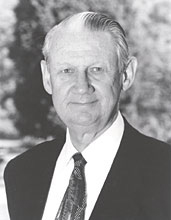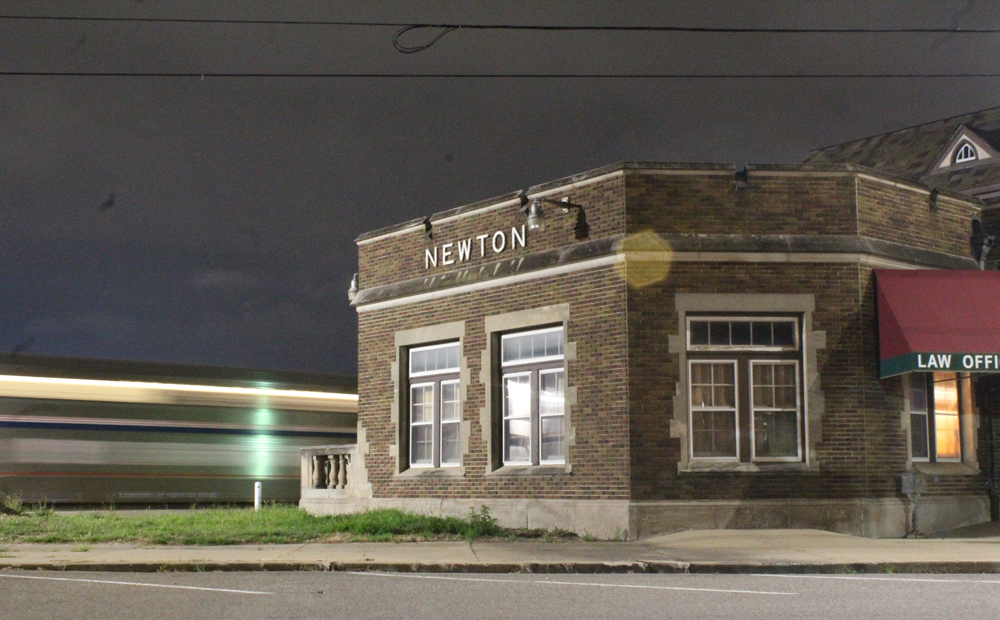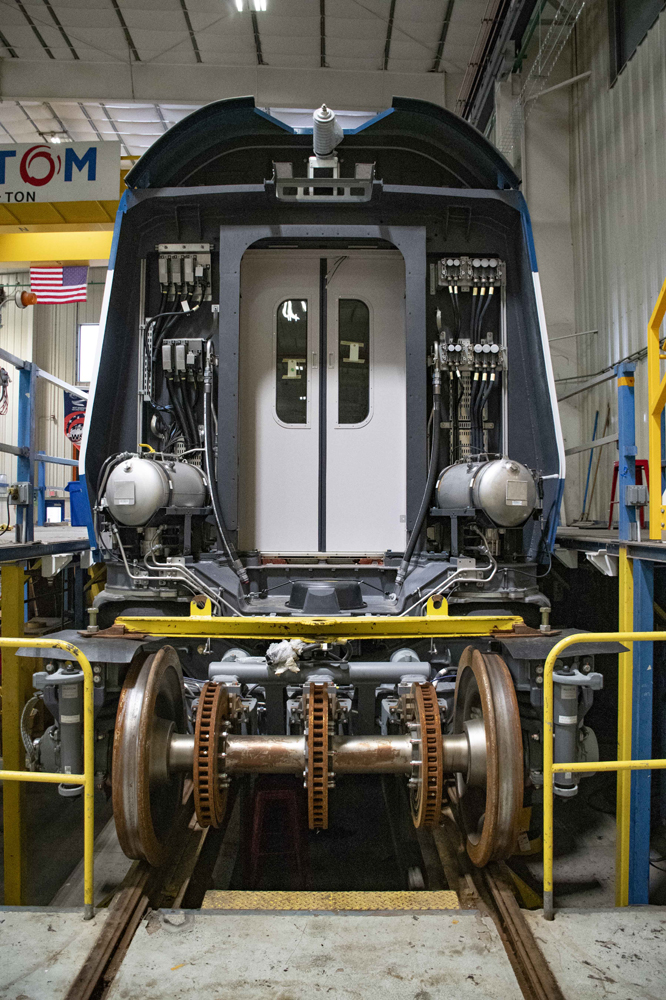Hays T. Watkins Jr., a soft-spoken Kentuckian who made the CSX merger a classic success, is dead at the age of 96.

Watkins died Friday after complications from a fall, his son Tom Watkins has reported.
“Hays Watkins without a doubt was and to this day remains the person with the highest degrees of integrity and honesty I ever worked with — or encountered,” said Thomas E. Hoppin, CSX’s former vice president of corporate communications.
Watkins was known for being a man of his word who always tried to understand the other side of whatever he was dealing with, whether it be a person or an issue, and that’s what made the CSX merger work.
In 1978 Watkins, chairman of the Chessie System, approached Seaboard Coast Line about a union, and he and SCL’s new CEO, Prime F. Osborn, negotiated the deal.
In the ill-fated Penn Central merger 10 years earlier the leaders of the two lines had clashed. “That,” Watkins said, “is why we had our 50/50 merger, Prime and I agreed on everything, and if the two of us didn’t agree, we didn’t do it.” The two shared the title of CEO, and half the company’s top officers were from the Seaboard and half from the Chessie. Even the board was split evenly, and the headquarters was set up in a neutral city, Richmond.
Two years into the merger Osborn, 67, retired, and Watkins became CSX’s sole CEO.
Watkins had fallen in love with trains as a boy, and after college he went to work in the finance department of the Chesapeake and Ohio, which seemed a natural fit since. as a four-year-old. Watkins had been noticed for his prowess with numbers.
By the mid 1960s Watkins was C&O’s vice president-finance, and in 1971, following the Penn Central bankruptcy, he was chosen the railroad’s president and chief executive. He was selected in part because he had foreseen the pending bankruptcy of Penn Central and had buffered the C&O’s car-hire accounts with PC, reducing the Chessie’s loss.
One of Watkins’ greatest achievements was the transformation of the railroads into a multi-modal company. He bought a gas company to hedge against rising fuel costs, and with it came a pipeline company and the nation’s largest barge line.
Then he formed a trucking subsidiary and bought Sea-Land Service, the world’s largest container line, making CSX one of the world’s premier transport companies. Decades later most of Sea-Land and the barge line were sold.
Watkins retired in 1991 after a 40-year career that spanned some of the industry’s most tumultuous years. “It was an interesting time. I can say that,” he recalled. “I don’t know whether I’d want to go through it again because there were a lot of sharp turns, but it was fascinating.”
Watkins was born in the Louisville suburb of Fern Creek, Ky., on Jan. 26, 1926. He earned a bachelor’s degree from Bowling Green Business University (now Western Kentucky University) in 1947 and a master’s degree from Northwestern University in 1948, and served in the U.S. Army. He is survived by his wife of 72 years, Betty; son H. Thomas Watkins III; three grandchildren and a great grandchild.
Aa memorial service will be held Aug. 5, 2022, at the Powell Chapel at the Second Baptist Church, 9615 River Road, in Richmond, Va. In lieu of flowers, the family is requesting donations ot the Second Baptist Church.
— Updated at 8:30 a.m. CDT on July 31 with information on memorial service and other details.














THe industry needs more people like Hays Watkins. I hope his biography will inspire peoplw to emulate him.
I suspect my 50-year-old pew-back speech sound system may still be in use at River-Road Baptist, possibly with upgraded electronics.
Hays T. Watkins is legendary in the world of railroads. One of a kind guy.
Hays T. Watkins was a good man. He would always meet with railroaders while out on the line and treated everyone with respect.
Not a fan of CSX and never will be. Nevertheless, Watkins’ autobiography, “Just Call Me Hays,” is a must read for the serious (and maybe not so serious) railroad historian.